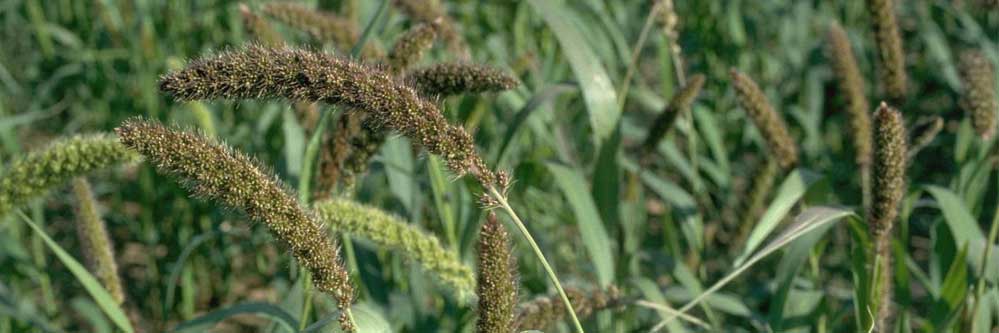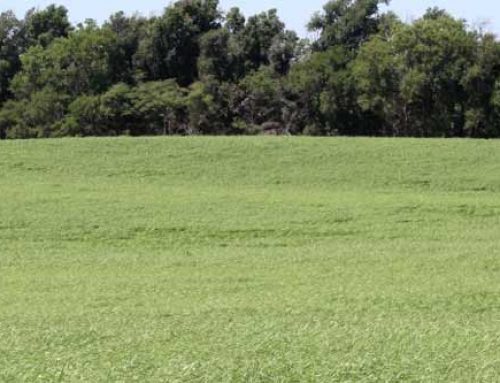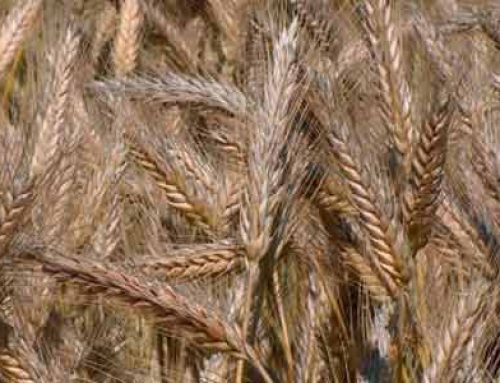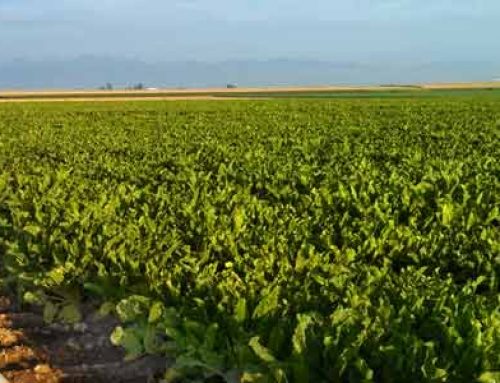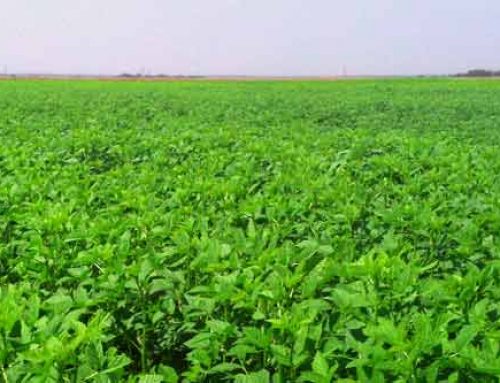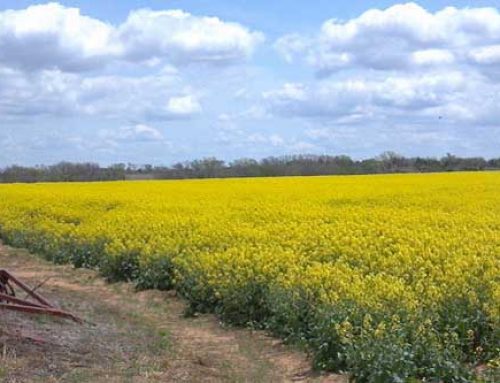Looking for an alternate crop where water shortage is an issue, there are rotation time restrictions, or cash flow is a concern? You may want to consider foxtail millet.
Foxtail millet is an annual fine stem grass that is also known as German or Italian millet. It is the second most planted millet of all the millet types. It is generally taken as hay, but can also be grazed.
In our New Mexico area, we can generally harvest it for hay in 60 to 65 days. Because it is a fine stemmed crop, drying time in the field is very fast. Millet may be used as a quick double-crop after wheat is taken off as forage for dairies, which leaves plenty of time to go back to a fall seeded hay. A typical planting rate is 25 to 30 pounds per acre. Plant after the soil temperature is 60 degrees to insure good germination.
If other nutrient levels are sufficient, then we generally only apply 50 to 60 pounds of nitrogen. Weeds are sprayed once, after the crop has established a root system around four to six inches tall. Millet is tolerant of any of the phenoxy 2-4-D type products. Once the crop covers the ground, it is very competitive with late emerging weeds. The millet generally gets around three to four feet tall prior to harvest. Yields have been in the three and a half to four tons per acre range, and it can easily produce this on eight to ten inches of water. Armyworms can be a problem in millet, and in some instances treatment may be necessary late in the season, but other than that, the millet does not seem to attract a lot of other insect species.
Foxtail Millet is harvested just before the crop heads out to avoid any potential feeding problems from the sharp bristles in the heads. Volunteer is not a problem, and most of the cultivated varieties do hold the seed tightly in the head if it is cut late. Cutting millet multiple times is not recommended because it does not have a strong ability to regrow. Feed value is similar to other quality grasses. Protein can run in the eight to ten percent range.
In summary this is one of the shortest season, water efficient crops available, if you are looking to try and produce some tonnage with minimal inputs or squeeze in a fast rotation that a normal crop will not allow. It could also be used in a crop or weather related failure in early summer. As usual, check with your Crop Quest Agronomist for potential herbicide carryover problems before planting and to develop a management plan.
Written By: Cort Minor, Roswell, NM
Featured Image By: Howard F. Schwartz, Colorado State University, invasive.org
